There’s no shortage of outstanding film music—in fact, movie soundtracks just might be the most underrated genre of the last 100 years. But I’m excluding soundtrack music from consideration here, or even movie musicals, where the story is translated into unrealistic song interludes.
For the purpose of this list, I’m only considering music integrated into the unfolding storyline of a drama or comedy or romance. This is a small subset of what we consider film music, yet these songs have produced some of the most memorable moments in movie history.
Just consider the film Casablanca, perhaps the most beloved movie of the black-and-white film era, and boasting a remarkable cast, an oft-quoted screenplay, and a compelling story. Yet when film lovers discuss this classic, the first scene they mention is usually the moment when nightclub pianist Sam plays “As Time Goes By” for the two brokenhearted lovers Rick (Humphrey Bogart) and Ilsa (Ingrid Berman).
That’s what we’re after here—not just a catchy song or iconic theme, but music that comes to the forefront of the story.
I’d like to hear your favorites—please share them in the comments. In the meantime, here are my choices for the best music-driven narrative moments in cinema.
CODA (2021)
The protagonist, the only member of a deaf family with hearing, decides to pursue a career in music at Berklee—but desperately needs to pass this audition to get a scholarship.
I’m starting my list with the most recent example. I decided to watch this film solely on the basis of seeing this video clip. Like many of the scenes I’ve chosen, this one celebrates the power of music to express and communicate even in situations where it might seem unlikely, or perhaps impossible. I highly recommend the film, which won the Oscar for Best Picture, but still hasn’t found as large an audience as it deserves.
The Shawshank Redemption (1994)
A prisoner (played by Tim Robbins) takes over the controls of the penitentiary loudspeaker, playing a duet from Mozart’s Marriage of Figaro for the convicts.
Is there a movie moment that conveys more intensely the liberating power of music? And that’s true even in a prison. To underline the liberation, Morgan Freemen speaks the following lines with the song in the background:
“I have no idea to this day what those two Italian ladies were singing about. Truth is, I don’t want to know. Some things are better left unsaid. I’d like to think they were singing about something so beautiful, it can’t expressed in words, and it makes your heart ache because of it.”
This movie was a disappointment at the box office, generating only $58 million in ticket sales, but is now a recognized classic with an intensely loyal cult following. And much of that is due to its defiance of all the usual conventions of the prison film, never with more refreshing boldness than this scene.
Scent of a Woman (1992)
A blind and irascible retired army officer (played by Al Pacino) dances a tango with a woman who is waiting for her date.
Gabrielle Anwar was only 19 when she filmed this famous dance scene with Al Pacino, more than twice her age. So this musical moment could easily have seemed creepy and unconvincing. Anwar prepared by practicing her tango steps for weeks, but—strange to say— never did a single rehearsal with Pacino himself. (She later found out he wanted to maintain the spontaneity of the moment.) The result was both convincing and possessing a powerfully sensuous undercurrent—and for many viewers stood out as the high point of an outstanding film.
At the outset of the scene, when the young woman hesitates, saying she fears making a mistake on the dance floor, Pacino explains:
“No mistakes in the tango, Donna, not like life. Simple. That’s what makes the tango so great. If you make a mistake, get all tangled up, you just tango on.”
By the way, the same tango song (“Por una Cabeza,” a hit for the great Carlos Gardel) appeared in another memorable movie interlude two years later, where the dancers are Arnold Schwarzenegger and Jamie Lee Curtis—who are clearly paying comic homage to this earlier movie incarnation.
Lost in Translation (2003)
Bill Murray and Scarlett Johansson pursue their purely platonic romance via karaoke singing.
Murray is hopelessly out-of-tune singing “More Than This,” but courtship is often awkward, no? And this is an especially charged and awkward relationship—one that can’t go anywhere, due to age differences, other commitments, and the brief time their paths cross. The setup is similar to the scene in Scent of a Woman. Johannson was17 when she filmed this, and Murray was 52, and this whole premise could collapse into absurdity. But director Sofia Coppola wrote the screenplay with this pair specifically in mind, and the results were magical—especially in this seemingly casual snapshot of Tokyo nightlife, which represents the soulful consummation of a coming together that will never achieve physical intimacy.
A Star is Born (2018)
Lady Gaga captures the attention of Bradley Cooper by singing “La Vie en Rose” at a drag queen nightclub.
It’s easier to integrate songs into a film’s plot if the main characters are musicians and are played by musicians. But here Lady Gaga not only has to deliver this old-fashioned tune—which she does admirably—but she also has to be convincing as a waitress in a drag bar who will parlay this moment into a life-changing rise to stardom. It works on all counts—and I don’t believe there’s another singer today who could pull off this particular scene as well as Lady G.
Deliverance (1972)
A vacationing Atlanta businessman gets his first taste of the George backwoods via an impromptu musical duet.
Four friends decide to take a canoe trip into the Georgia wilderness before the river is dammed up, but soon find themselves in a strange world with risks and ramifications beyond anything they envisioned. I will spare you the spoilers, but suffice it to say things turn out more like Hillbilly Eulogy than Hillbilly Elegy. This scene takes place at a gas station they visit at the outset of their trip, and sets the peculiar tone of culture clash that permeates the entire film. And it produced an unexpected hit single. “Dueling Banjos” may be the last bluegrass banjo tune ever to climb the charts (reaching number 2 on the Billboard chart in early 1973).
Casablanca (1942)
Humphrey Bogart encounters the woman who broke his heart in a Morocco nightclub.
I can’t leave it off the list. This scene has it all: love, drama, ambiance, and a first-rate song. In a film filled with quotable lines and unforgettable incidents, this is the emotional centerpiece of it all. Humphrey Bogart runs away from the Nazis and painful romantic memories in Paris, to start a new life running a nightclub in Morocco. And, there, “of all the gin joints in all the towns in all the world,” his lost love walks in the door. His happiness hangs in the balance—but also the outcome of World War II. Rick does the right thing, and only has this song for consolation. Does it get any better than that?
Marriage Story (2019)
Adam Driver, with his private life in collapse, takes over the microphone at a club to sing a Stephen Sondheim song.
Adam Driver walked out on a NPR interview when Terry Gross tried to get him to watch this film clip. Frankly, I’m puzzled. This is a gripping cinematic moment—a mid-life crisis encapsulated in a couple minutes of music—and I’m happy to watch it over and over, even if Mr. Driver isn’t. Here he plays a a celebrated New York theater director whose marriage is on the ropes. His bewilderment and emotional pain find a surprising channel, when he goes out to a club with friends and decides spontaneously to sing a Stephen Sondheim song.
O Brother, Where Art Thou? (2000)
Escaped prisoners make a hit record while on the run.
“I Am a Man of Constant Sorrow” has been around for more than a century—it first appeared in a songbook back in 1913 (under the title “Farewell Song”), but may have originated even earlier as a Baptist hymn. It serves as an important plot device in this Homeric film by the Coen brothers, where it helps three escaped convicts and their blues guitarist friend (based on Mississippi legend Tommy Johnson, and played by real-life blues star Chris Thomas King) rise from outlaws to respectable political operatives—well, at least as respectable as political operatives get.
Inside Llewyn Davis (2013)
A folk singer wants to be the next Dylan, but here he has to do a studio session for a novelty song.
The song is amusing in a retro kind of way, and the performance clicks. But you can’t help but feel sorry for a musician striving for authenticity, yet caught up in the beguiling world of escapist entertainment. Oscar Isaac plays the protagonist Llewyn Davis, coached here by Justin Timberlake.
Pulp Fiction (1994)
John Travolta and Uma Thurman enter a dance competition at a strange diner.
There’s a meta-narrative context here for the audience to enjoy. We already know that John Travolta is a skilled dancer—he showed it when he rose to fame in Saturday Night Fever (1977). But can he still put on the moves in middle age? Uma Thurman won’t let him avoid the test, and he responds with something completely different from those disco steps of yore. His movements in Pulp Fiction are almost a nerd dance, with slow stylized gestures that are the antithesis of dance floor slickness. Thurman is even campier and more theatrical. If I’m a judge, they win the dance contest every time. And I give extra points here for the Chuck Berry song (“You Never Can Tell”) in the background—which the singer composed while serving prison time in 1960, and was top twenty hit four years later.
Young Frankenstein (1974)
Dr. Frankenstein tries out a vaudeville-type song and dance routing with his monster.
There’s a meta-narrative angle here too, as in the Pulp Fiction clip. Irving Berlin’s song “Puttin on the Ritz” is most closely associated with dancer Fred Astaire, who performed it successfully on record and screen. Alec Wilder, the grand musicologist of the American popular song, claimed it had the most complex syncopation pattern of any hit tune he had studied. But all that history is wiped away in this Mel Brooks comedy routine, when Dr. Frankenstein explores the potential of forming a song-and-dance duo with his famous monster. This funny scene is the best send-up of Hollywood musical conventions that I’ve encountered—although when I decided to limit myself to one Mel Brooks’ film clip it was a toss-up whether I included this song or two other options: “Springtime for Hitler” (from The Producers) or “High Anxiety” (a very funny Frank Sinatra take-off from the film of the same name).
Pee Wee’s Big Adventure (1985)
Pee Wee Herman averts a fight in a biker bar by dancing to the “Tequila” song.
As you perhaps have noted already, I’m a fan of goofy comedies. And few are goofier than this one, the second best film ever made about a stolen bicycle. This whole film is filled with outrageous and wonderful scenes, but it’s always a special moment when Pee Wee Herman dances. Here he’s in a tight spot, and needs to win over a hostile crowd with his terpsichorean talents.
Round Midnight (1986)
An aging jazz saxophonist has made a home in Paris, but returns to New York, where he dedicates this song to his daughter—and hopes to rebuild their relationship.
This is my favorite jazz film, and there’s so much to like here. The musicians in the cast are top notch, and include Herbie Hancock, who composed this bittersweet song. Cedar Walton handles keyboard duties in this particular scene, and you might also recognize Freddie Hubbard, Ron Carter, and Tony Williams. Martin Scorsese even plays a cameo role, and is featured at the beginning of the film clip. But Dexter Gordon steals the show with a performance that earned him an Oscar nomination.
Ted Gioia is a leading music writer, and author of eleven books including The History of Jazz and Music: A Subversive History. This article originally appeared on his Substack column and newsletter The Honest Broker.




























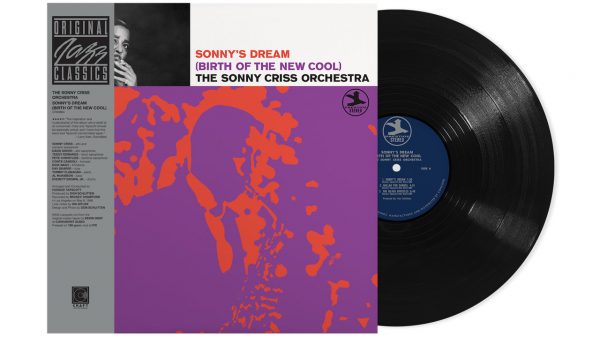
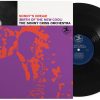
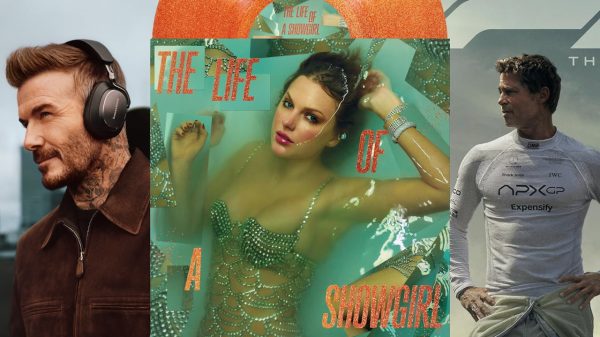
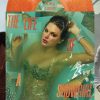
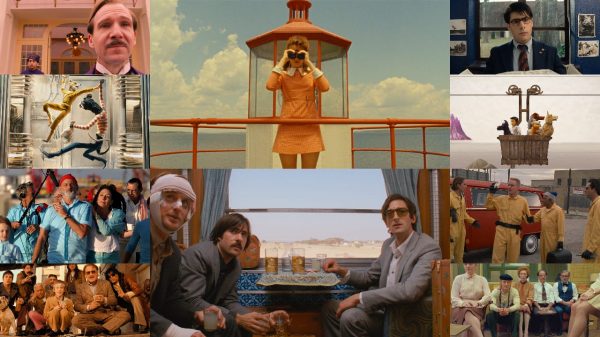



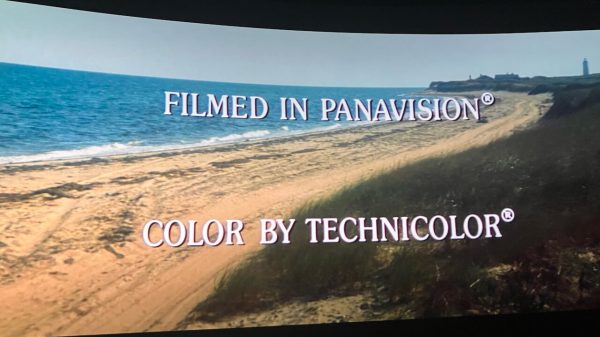
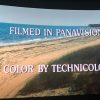
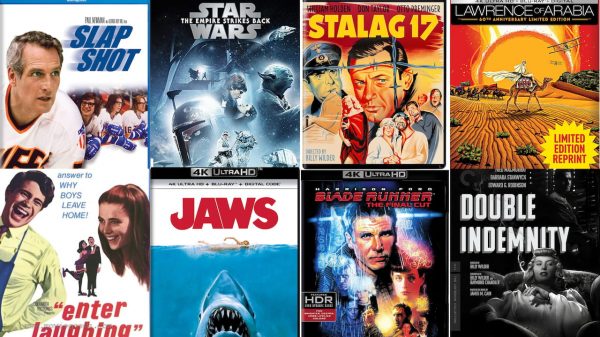
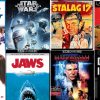











ORT
May 29, 2022 at 4:21 pm
This is your bestest piece of writing yet. Like the Beatles said, “It’s getting better all the time”.
Well done, indeed.
ORT
el posto scripto – And just so you know ’tis I? I do not agree with more than a few of your choices but the ones I do are easily known and the surprise film I have never heard of is only the one that has piqued my interest.
I should think it too, is easily guessed. At least I think so but then just because my family and closest friends know me well does not mean that any one here does.
As time goes by. Indeed. 😉
Thank you.
El
Joe Pop
May 31, 2022 at 11:00 pm
Who can forget John Cusack in “Say Anything” holding up a boombox playing Peter Gabriel’s “In Your Eyes” outside his love interest’s window.
Bruce Goldberg
November 15, 2022 at 12:44 pm
What, no 2001??? Changed our interpretation of Strauss’ music forever! And inseparable from the story!
Chris
November 16, 2022 at 6:15 pm
Father Gabriel (Jeremy Irons) plays Gabriels’s Oboe in The Mission.
https://www.youtube.com/watch?v=pTsitO4TXF8
Tim
December 17, 2022 at 8:33 am
Tommy Johnson? I’m sure you meant Robert Johnson.
Tim Sanders
October 25, 2023 at 5:52 pm
The Wicker Man absolutely does that
Ian White
October 28, 2023 at 3:50 pm
Tim,
For sure. Good suggestion.
IW